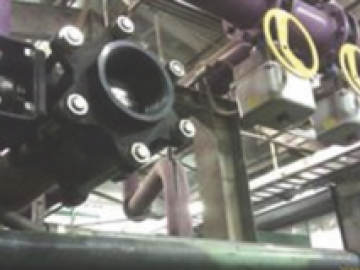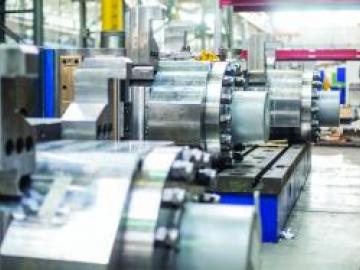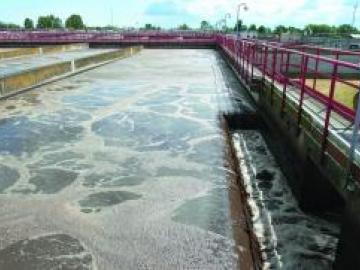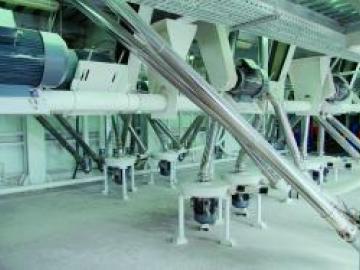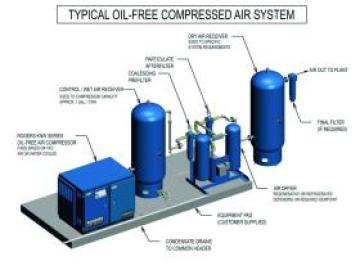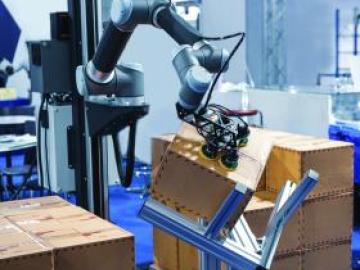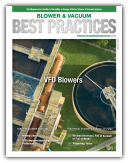Visual Leak Detection on Vacuum Systems
An envelope manufacturer is upgrading their vacuum system to include a new VSD controlled pump. As part of the preparation for the installation, an energy baseline was developed, and leakage survey conducted. The auditor used a newly developed acoustic imaging camera as well as a basic ultrasonic leak detector gun. This article describes what was found and some of the challenges faced in detecting leaks in a busy plant.
